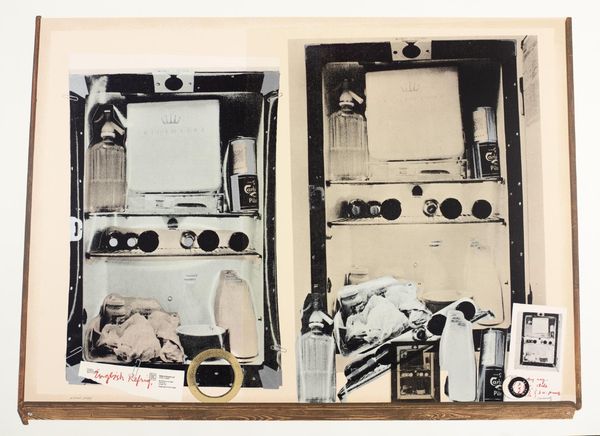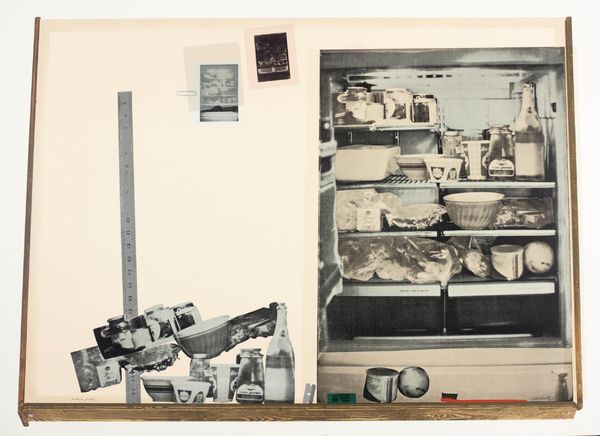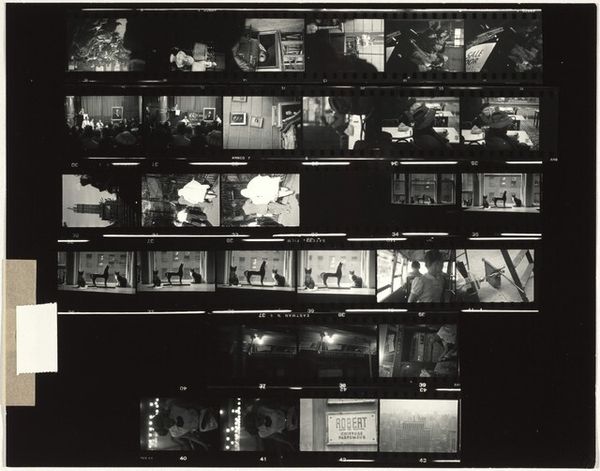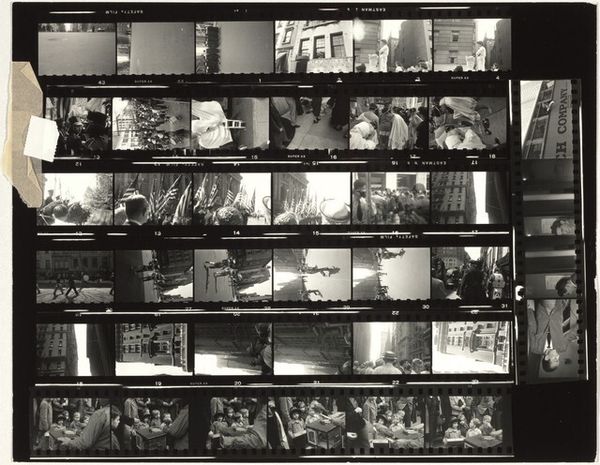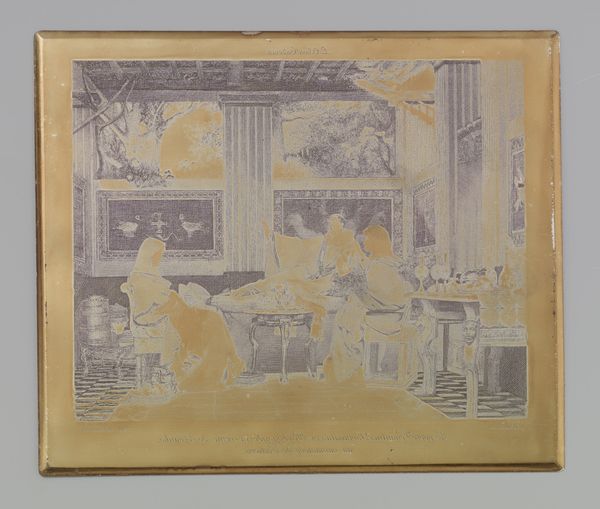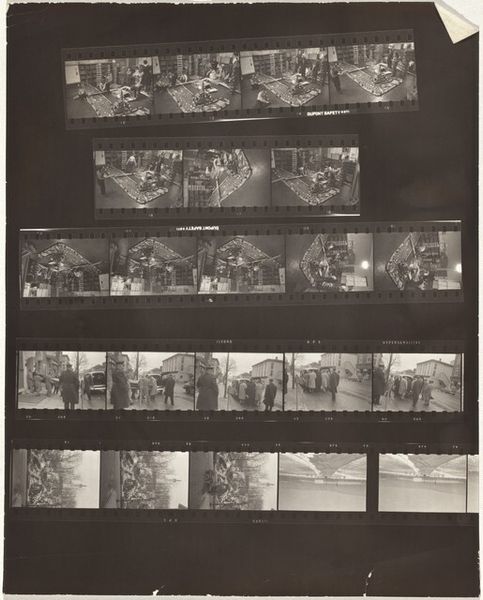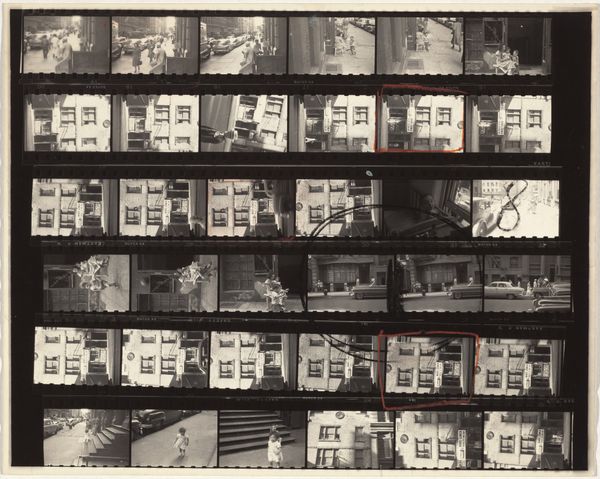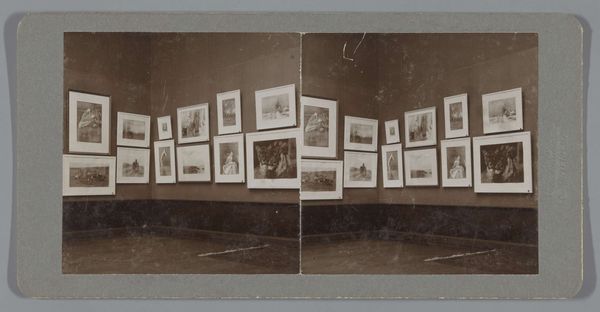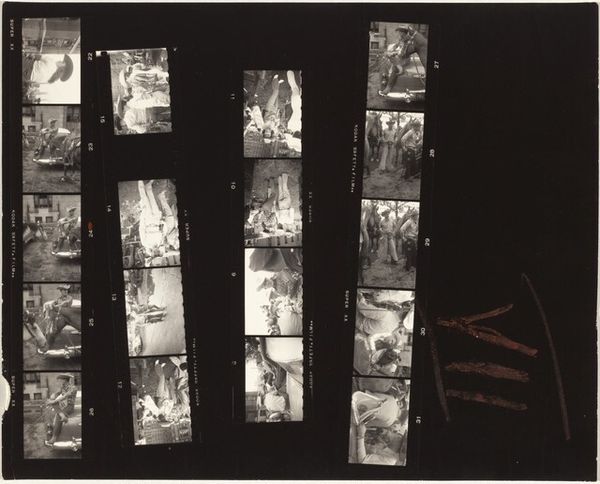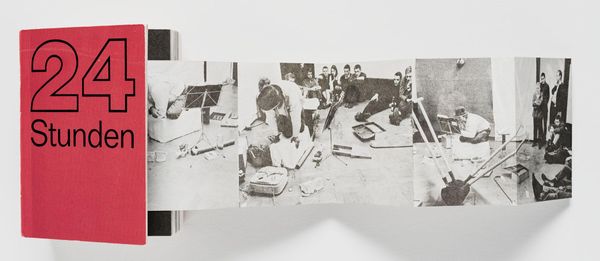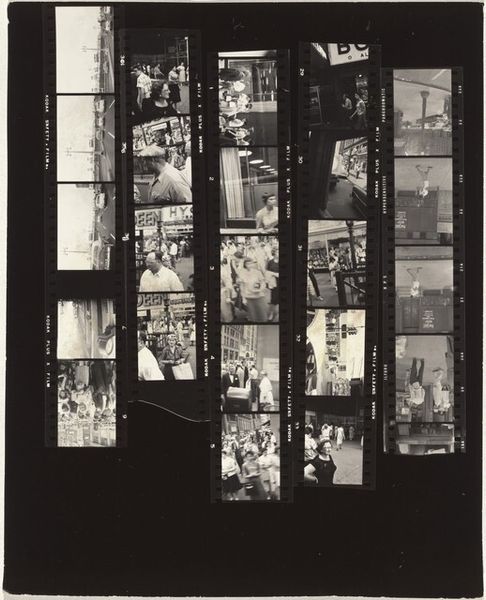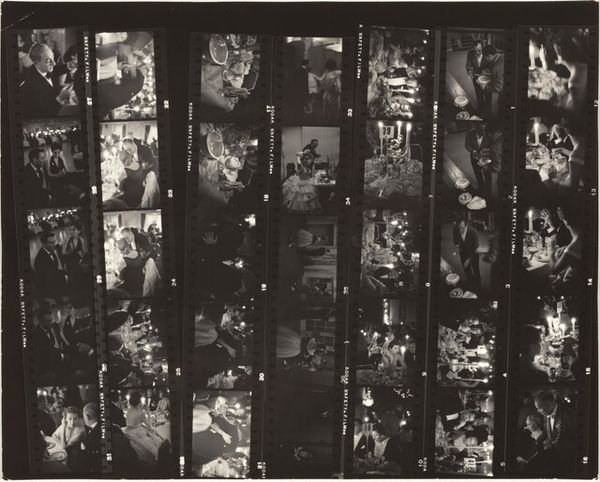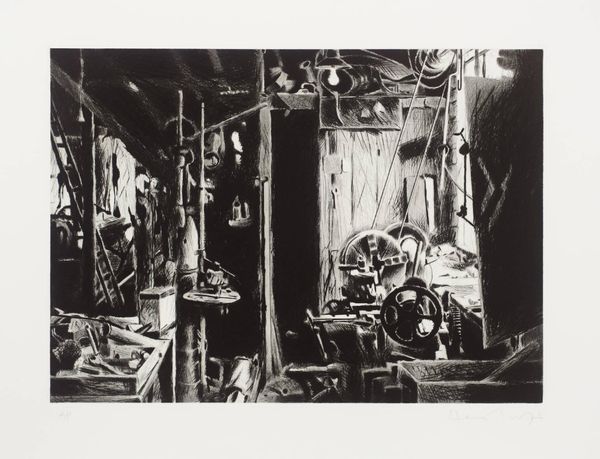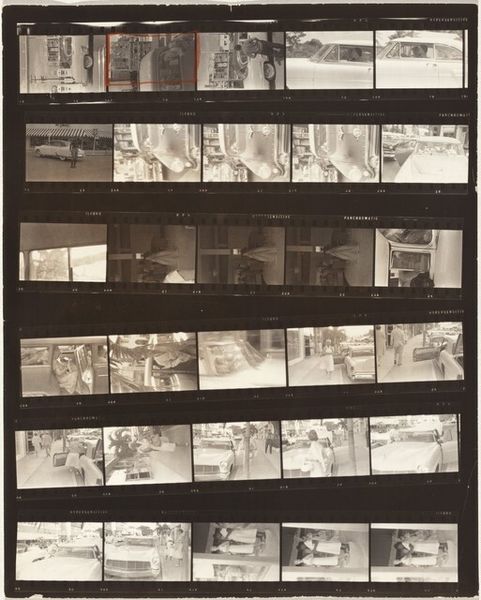
drawing, print, paper, ink
#
drawing
#
conceptual-art
#
narrative-art
#
ink painting
# print
#
postmodernism
#
paper
#
social-realism
#
ink
#
realism
#
monochrome
Copyright: Richard Artschwager,Fair Use
Curator: The visual density is startling. So much detail rendered in monochrome; it's almost overwhelming at first glance. Editor: This is "Hospital Ward," an ink drawing by Richard Artschwager from 1968. The piece is currently held in the collection of the Detroit Institute of Arts. For a drawing, it's incredibly ambitious in scale, especially considering the subject matter. Curator: Scale absolutely matters here. Think about how hospital spaces work—rows and rows, all those beds implying so much shared, yet solitary, experience. Then that gray tonality amplifying a feeling of stark, institutional isolation. There's a certain dread evoked, a kind of enforced sameness. Editor: Indeed. Artschwager’s use of ink aligns with a moment when artists critically engaged with social institutions and realism. He captured a scene and turned it into a narrative commentary, reflecting perhaps, a societal view of care in a particular moment in time. Do you think the realism speaks to anxieties present then? Curator: Undoubtedly. The way he’s composed the space, almost hyper-real and almost theatrical. Look at the placement of each bed and figure, almost as actors upon a stage. Are we invited to have empathy for those visible? Or are we invited to consider how as a society we respond to themes of collective fragility? What about that tension and sense of psychological unease? Editor: He prompts us to examine the social systems in place to address societal vulnerability and the shared experience of these patients. How does Artschwager avoid sentimentality when depicting what is intrinsically a place of suffering? Curator: It may stem from that monochrome choice. There is a distance. And while those symbols are evident here—beds, clothing, figures—what’s underneath, the emotional, is partially veiled. What can we know about their thoughts and individual humanity? What choices is the artist consciously making about representation? It's up to the viewer to supply meaning. Editor: Which also echoes a central question that conceptual art was wrestling with at that moment. Very well. I feel this prompts an introspective moment on the viewer's part. It's a piece that encourages you to consider mortality and social responsibilities beyond a direct emotional appeal. Curator: Precisely, challenging the traditional role art has and can have.
Comments
No comments
Be the first to comment and join the conversation on the ultimate creative platform.
